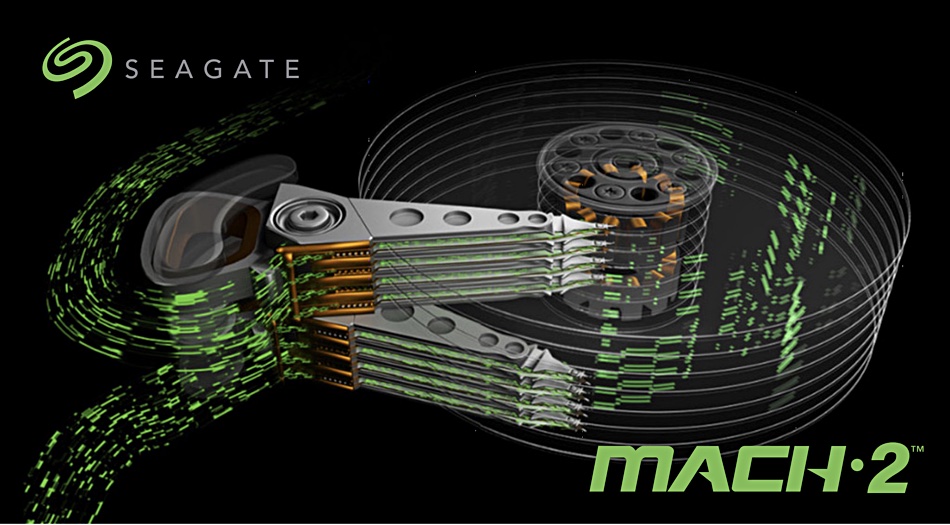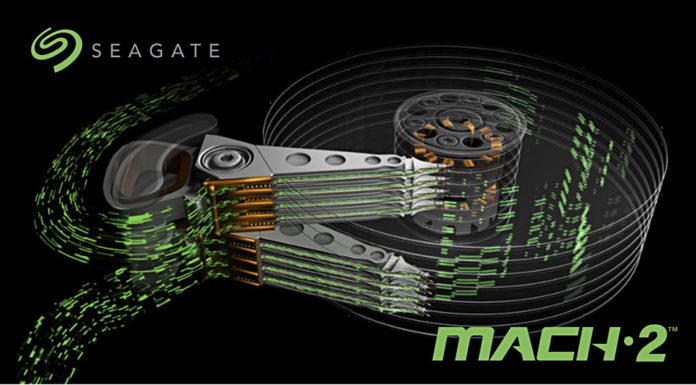Seagate is entering the object storage business with brand new CORTX software.
The disk drive maker aims to build a developer community for the open source software and has published a reference architecture for use in a Lyve Drive Rack.
Announcing the news today at Seagate Datasphere, the company said CORTX gives developers and partners access to mass capacity-optimised data storage architectures. CORTX use cases include artificial intelligence, machine learning, hybrid cloud, the edge and high-performance computing.
The object storage market has seen two entrants in two weeks – Dell EMC has joined in with ObjectScale software.
So why does the world need another object storage software technology? Seagate’s Ken Claffey, GM for Enterprise Data Solutions, said: “CORTX brings something different to other object stores in that it will uniquely leverage HDD innovations such as REMAN to reduce the likelihood of rebuild storms, HAMR to enable the largest capacity/lowest cost per bit next gen devices, and multi-actuator to retain IOPS per capacity ratios. CORTX and the community are focused on such capabilities that are required in mass capacity deployments.”
HAMR is Seagate’s Heat-Assisted Magnetic Recording drive, due to ship at 20TB capacity by year-end, and a pathway towards 40TB HDD capacities. Multi-actuator drives have two sets of read-write heads and logically divide a disk drive into two halves that perform read/write operations concurrently to increase overall IO bandwidth.

Lyve Drive is a series of integrated, modular data storage drives, carriers and receivers for multi-stage workflow processes.
Jacques-Charles Lafoucriere, program manager at The French Alternative Energies and Atomic Agency, an early CORTX adopter said: “CORTX can very nicely work with storage tools and many different types of storage interfaces. We have effectively used CORTX to implement a parallel file system interface (pNFS) and hierarchical storage management tools. CORTX architecture is also compatible with artificial intelligence and deep learning (AI/DL) tools such as TensorFlow.”
Gary Grider, HPC division Leader at Los Alamos National Lab, also said: “I am very excited to see what Seagate is doing with CORTX and am optimistic about its ability to lower costs for data storage at the exabyte scale. We will be closely following the open source CORTX and will participate in the community built around it, because we share Seagate’s goal of economically efficient storage optimised for massive scalability and durability.”
Toyota and Fujitsu are also early CORTX adopters.
Shipments of Lyve Drive Rack and the 20TB HAMR drives are scheduled to begin in December.








